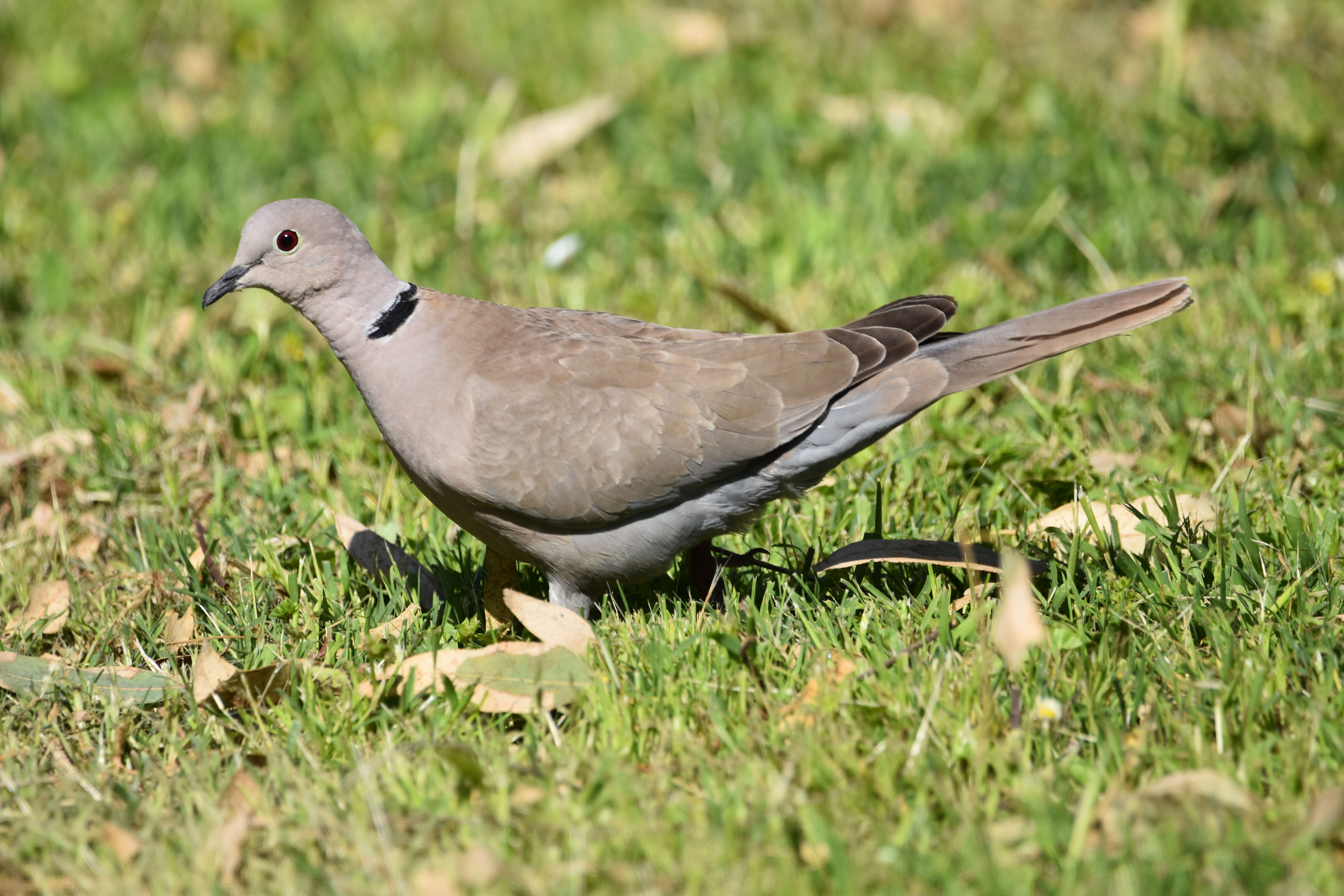Analysis and Comparison of Breeding Bird Chorological Categories in Urban Areas through a Meta-Analysis of Ornithological Atlases of the Western Palearctic.
DOI:
https://doi.org/10.6093/2724-4393/11765Keywords:
Urban birds, Palearctic-Indomalayan bird species, Urban Ornithological AtlasesAbstract
In the last decades of the 20th century and the early 21st century, significant research efforts have focused on urban bird species. As a result, a growing body of literature has emerged, including urban atlases, checklists, and comparative studies on urban and extra-urban bird communities. This study examines the relative abundance of bird species categorized into different zoogeographical classes: Palearctic-Indomalayan, Palearctic-Paleotropical-Australasian, Holarctic, Palearctic-Paleotropical, Palearctic and Cosmopolitan breeding birds. We compared species frequency in 44 European cities, where ornithological atlases and checklists from urban areas are available, with the breeding avifauna of the surrounding Vast areas. The findings reveal an elevated frequency of species from the Palearctic-Indomalayan category in urban environments, whereas other zoogeographical groups do not exhibit this pattern. This increased presence persists over time, as confirmed by analyses of cities with repeated ornithological atlas assessments. A similar trend is also observed in North African and Middle Eastern cities where breeding bird checklists are available. This pattern is hypothesized to be linked to the extensive range characteristic of species within the Palearctic-Indomalayan category, which spans diverse biomes. This broad distribution may provide these species with a greater ability to colonize new environments, including urban landscapes.
Downloads




